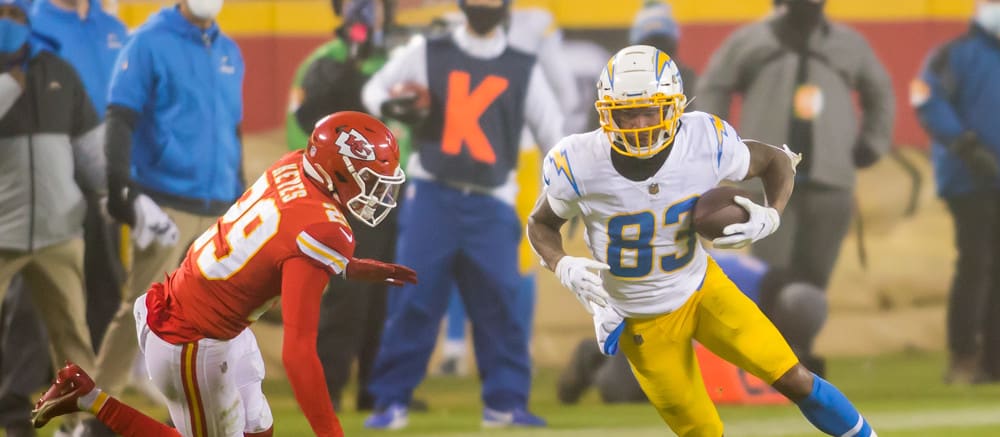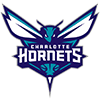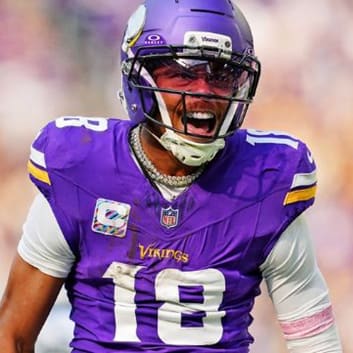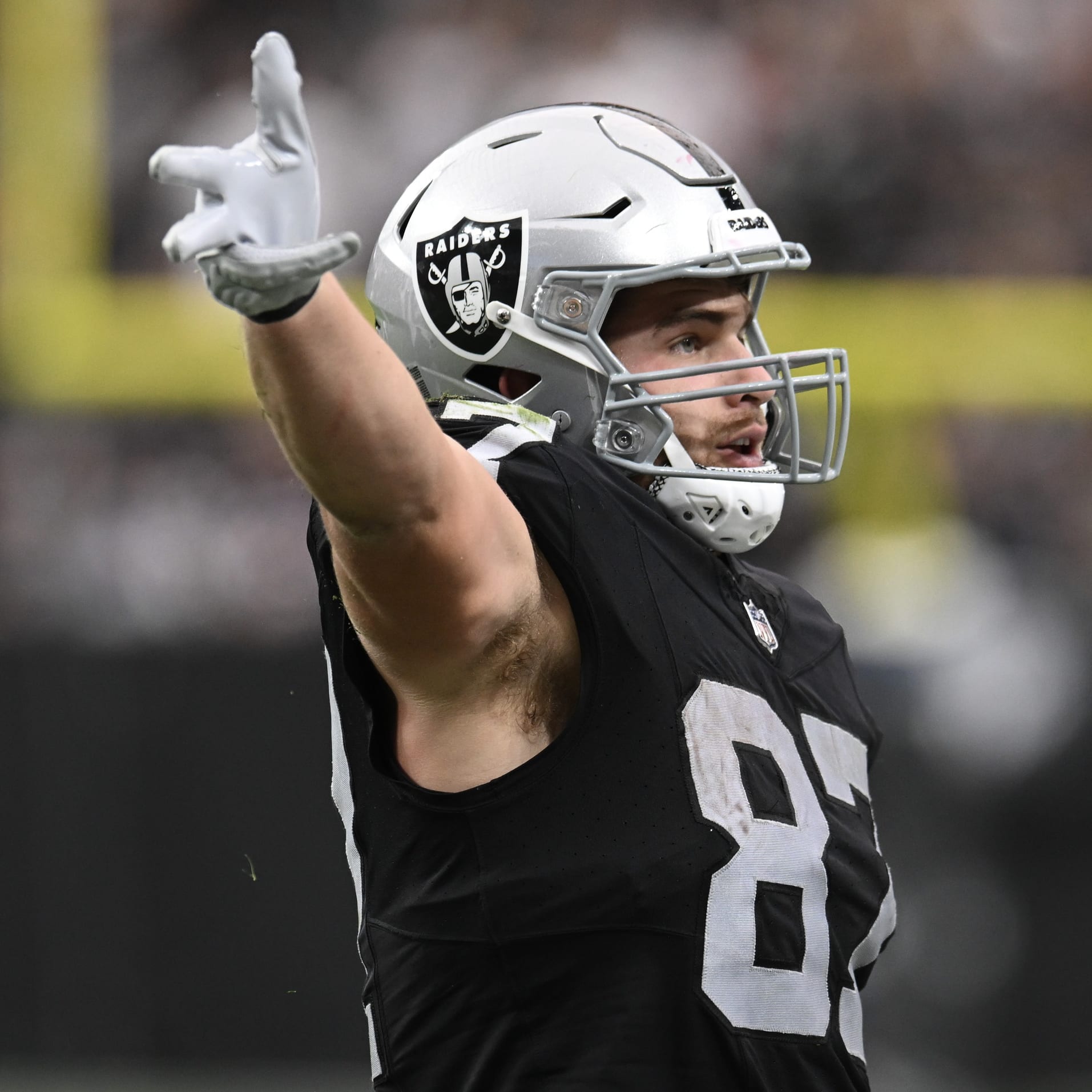The last round is usually a wasteland in best ball drafts, but somebody's last pick or two is going to go a long way in the winning lineups of the Best Ball Mania II tournament on Underdog Fantasy. This article will look at some of the pivot options that might warrant limited exposure in the 18th round specifically of Underdog tournament drafts, the kind of measured long-range shooting that hopefully snags a couple low-owned but productive players without taking on too much true risk.
Mo Alie-Cox, TE, IND (207.8 Underdog ADP)
Alie-Cox is a standout three-down tight end waiting to happen, but all we can do is wait to see whether Frank Reich is wise enough to accept the gift. To this point Reich has shown a tendency to assign usage on a basis other than merit, and he could continue to do that by utilizing Jack Doyle ahead of MAC. Doyle generated 251 yards and three touchdowns on 540 snaps last year, drawing 33 targets on 220 routes. Alie-Cox produced 394 yards and two touchdowns on 503 snaps, drawing 39 targets on 201 routes. Alie-Cox had to block more than Doyle and still produced more yards per snap (0.78 to 0.47), thanks in large part because Alie-Cox was much more effective on a per-route basis (2.0 to 1.14). Alie-Cox is the same type of athlete as tight ends like Martellus Bennett and Cole Kmet, giving him considerable pass-catching upside despite a big frame, and throughout his NFL career Alie-Cox has demonstrated unusual yards-after-the-catch ability for such a big tight end. If Doyle gets hurt or if Reich opens this up to a fair competition then Alie-Cox could really stand out.
Malcolm Brown, RB, MIA (212.1 Underdog ADP)
Brown doesn't seem to offer much upside in terms of yardage from scrimmage – much of his appeal to coaches has to do with his blocking and ball security rather than the threat he might pose with the football – but cheap touchdown production is one way to find an edge against 0.5PPR scoring, and in the final round Brown is cheap enough to justify speculating on the chance that he vultures goal-line carries in Miami. The Dolphins could have a strong defense in 2021 to go with a vaguely explosive offense, and if both of those turn out true then they could have more scoring-range carries to hand out than at any recent point. He's otherwise a good candidate to see double-digit carries in the event of a Myles Gaskin absence, but if the Dolphins use Brown like the Rams did then Brown's passing down usage might trend toward blocking at the expense of targets more than most running backs. Brown handled the ball on only 26.3 percent of his snaps last year, eighth percentile among running backs, so if he doesn't get touchdown production he's otherwise not a good bet to produce fantasy points by yardage or receptions.
Tyron Johnson, WR, LAC (213.8 Underdog ADP)
Johnson and rookie teammate Josh Palmer (205.8 Underdog ADP) probably warrant similar projections, but Palmer is the only one guaranteed to go off the board before the 18 rounds are over. Both wideouts are better bets for fantasy production than Jalen Guyton (215.2 Underdog ADP), whose functions as a blocker and downfield decoy are better utilized sparingly off the bench, if at all. Unless Guyton makes significant skill set improvements this offseason (it's possible but not likely), he won't be able to provide the production the Chargers need from those 919 snaps from last year. Palmer was a strange pick by the Chargers in the third round but at least he hasn't demonstrated 900-plus snaps of non-viable receiving production in the NFL. With that said, Palmer never produced volume at Tennessee and went below the team efficiency baseline when he had to be the clear WR1 in 2020. Prior to that Palmer was soundly outproduced by Jauan Jennings and Marquez Callaway. Palmer's poor production details aren't saved by his average athletic testing. Johnson obviously has worse draft capital than Palmer, but his broader prospect pedigree is clearly better.
Although less than 'good,' Johnson's production at Oklahoma State was better than Palmer's at Tennessee, and Johnson has real speed (4.36 pro day 40) to go with that superior production. That's not to mention Johnson's standout effectiveness in a brief NFL role last year at 24. You'd like to see more than 26 targets on 263 snaps, but the extreme air yardage (2.0 per snap, 95th percentile) helped make up for it, and Johnson did his part by catching 20 for 398 yards and three touchdowns. Johnson's career trajectory to this point is eerily similar to Robert Foster, but Johnson was a magnitude more productive last year than Foster was in his 2018 blip, and Johnson crucially showed some underneath skill set late in the year. While Johnson's 20.2-yard ADOT (99th percentile) makes him look like a fly-route specialist at a glance, he had a 15-target sample over Weeks 14 to 16 where he caught 12 for 142 yards and two touchdowns (80.0 percent catch rate, 9.5 YPT). Johnson is probably the Chargers' best deep option, and if he can keep providing underneath production like that then he could theoretically challenge Mike Williams as WR2, let alone Palmer as WR3. For now, though, Johnson will first have to show up against Palmer for outside reps and KJ Hill for backup slot looks.
Devontae Booker, RB, NYG (213.9 Underdog ADP)
Booker is the handcuff to Saquon Barkley, and Booker has a convincing three-down skill set to take a workhorse role if he's called upon for whatever reason. If you want upside regardless of the weekly floor, Booker would probably be the better option than Brown from earlier.
Alex Collins, RB, SEA (215.9 Underdog ADP)
It would be very annoying if Collins ends up productive in 2021 but annoying things will happen, and Pete Carroll loves the high-motor bruiser aesthetic of players like Collins and Chris Carson. Rashaad Penny could always run, but he was too much of a glider for Carroll's tastes, and now Penny's knee might be busted. Hopefully it isn't but if it is that leaves Collins to compete with Travis Homer and DeeJay Dallas for backup snaps to the collision-prone Carson. Homer should stick around since he has developmental upside and the team likes his special teams/pass blocking in the meantime, but at 23 he might need more development time before taking on more than a peripheral role. Dallas sort of just seems like a worse version of Jaylen Samuels, and he definitely can't match Collins as far as slashing between the tackles goes. While we probably will see a committee of some kind if Carson were to miss time in 2021, Collins might be a better bet to lead it than the general market assumes. Or at least, you might want to consider that possibility if you're totally out on Penny.
Devin Duvernay, WR, BAL (215.9 Underdog ADP)
Duvernay's floor is quite low and it's fair to question his upside appeal in an offense that could be among the league's lowest in passing volume. But as long as Duvernay earns the WR4 distinction he'll be close to the field, and his combination of downfield speed, reliable hands and standout tackle-breaking ability could be explosive in an offense that figures to feature a high passing touchdown percentage. Miles Boykin has been dishearteningly ineffective and while Baltimore could place him ahead of Duvernay on the depth chart it would be bizarre if they did.
Ihmir Smith-Marsette, WR, MIN (215.9 Underdog ADP)
Smith-Marsette is worth pondering further than your average fifth-round rookie receiver. Chad Beebe was comically ineffective as Minnesota's slot receiver last year – Bisi Johnson, Austin Proehl and Whop Philyor are also clearly better than Beebe – but Smith-Marsette has the cleanest prospect profile of the group in addition to the most upside. Not just that, but the rookie out of Iowa is also clearly the team's best option to threaten downfield, meaning it makes sense to prepare him as the specific third outside receiver behind Justin Jefferson and Adam Thielen. If either Jefferson or Thielen were to miss time, in other words, Smith-Marsette would be a good bet to see a three-down role from that point. Smith-Marsette's college production is utterly convincing and his tape is full of plays where he dusts man coverage at the line of scrimmage only to be undermined by Iowa's brutal quarterback play downfield. In addition to convincing downfield separation the rookie presents an indisputable threat as a ballcarrier – Smith-Marsette took 34 carries for 274 yards and four touchdowns at Iowa and returned two kickoffs for touchdowns (28.7 YPR).
David Moore, WR, CAR (216.0 Underdog ADP)
Terrace Marshall is a very good prospect and it won't be easy for Moore to hold him off. It probably can't even be taken for a given that Moore runs safely ahead of Dan Arnold, who's more of a receiver than a true tight end. Moore's high risk level, like all players on this list, dictates limited exposure. But if the Panthers plan to keep the vacated Curtis Samuel reps the same as they were in 2020 then it's Moore who most easily plugs in as a replacement. Samuel's 2020 slot role entailed two things: regular carries and short routes sprung by yardage after the catch. Marshall can run from the slot, but his abilities have to do more with winning downfield than underneath and after the catch. Marshall might be more DJ Chark than Laviska Shenault, in other words, and Moore was quietly productive for the Seahawks last year in an abbreviated Samuel/Shenault type role. After providing only mediocre output as a downfield specialist over 2018 and 2019, the Seahawks rebranded Moore as an underneath-oriented receiver in 2020, and the results were better. Moore caught 35 of 47 targets on 482 snaps, producing 417 yards and six touchdowns (74.5 percent catch rate, 8.9 YPT). It matched Moore's career high in YPT at a catch rate 24.5 points higher than the prior case. He also took eight carries for 61 yards. It's not quite Samuel's 41 carries for 200 yards and two touchdowns, but it's more than Marshall or Arnold can do.
Kylin Hill, RB, GB (216.0 Underdog ADP)
There's not much point in dwelling on it further but Hill fell to the bottom of the seventh round for political reasons. In terms of production and athletic testing there isn't clear grounds to distinguish him from a prospect like second-round pick Javonte Williams at all, let alone by six rounds. While he was dismissed with contempt for who he is, Hill also happens to be a sound running back prospect, a likely upgrade over Jamaal Williams with the fourth-to-last pick in the draft. Although Hill likely can't match AJ Dillon as a pure runner, he can probably outplay Dillon on passing downs, so Hill could go straight to flex consideration in fantasy leagues if Jones were to miss time. Jones has a bit of an injury history going back to his days at UTEP. Hill was voted by Senior Bowl linebackers and defensive backs as the best running back on the American team, a roster that included Elijah Mitchell (214.6 Underdog ADP), Chris Evans (215.7 Underdog ADP) and Larry Rountree (216.0 Underdog ADP).











































